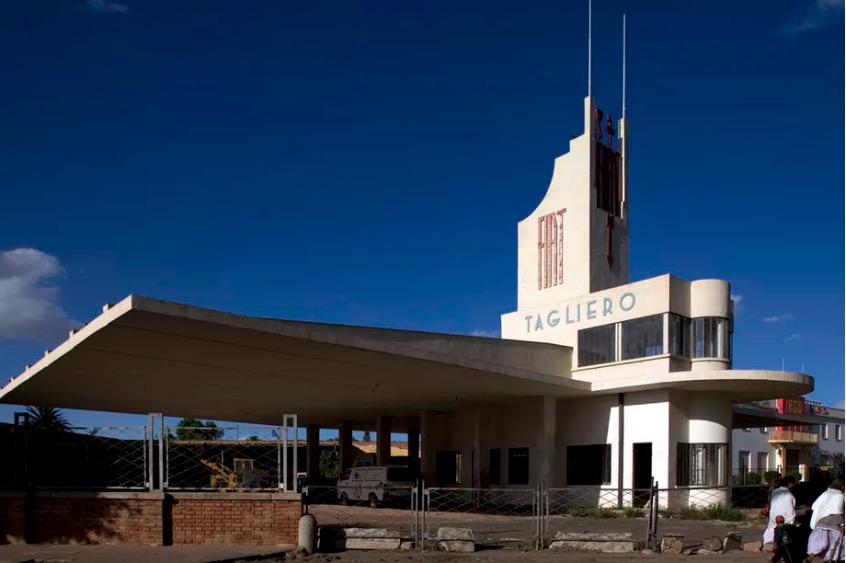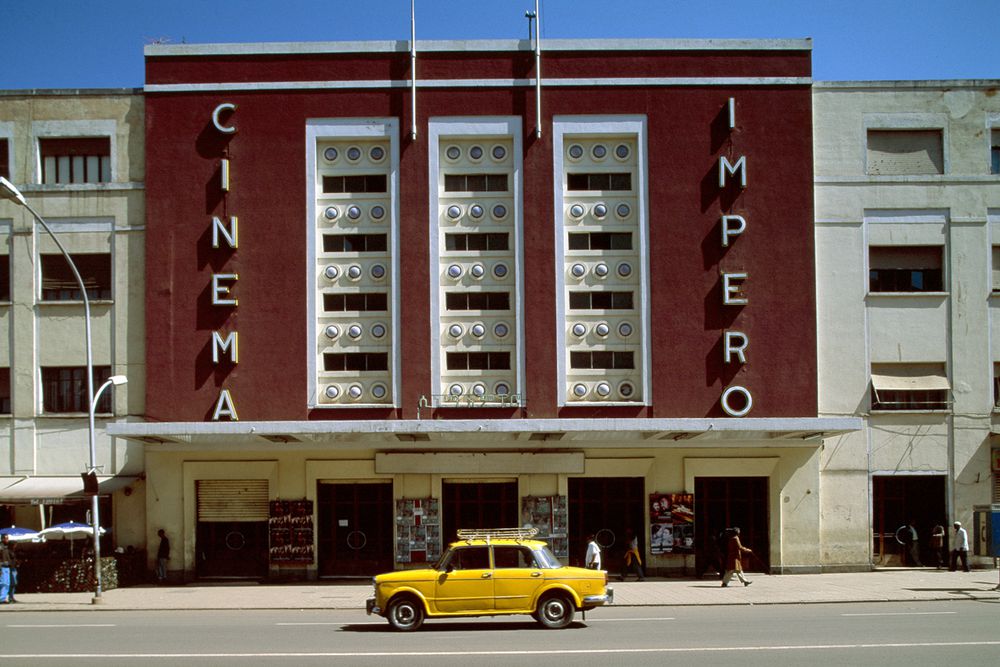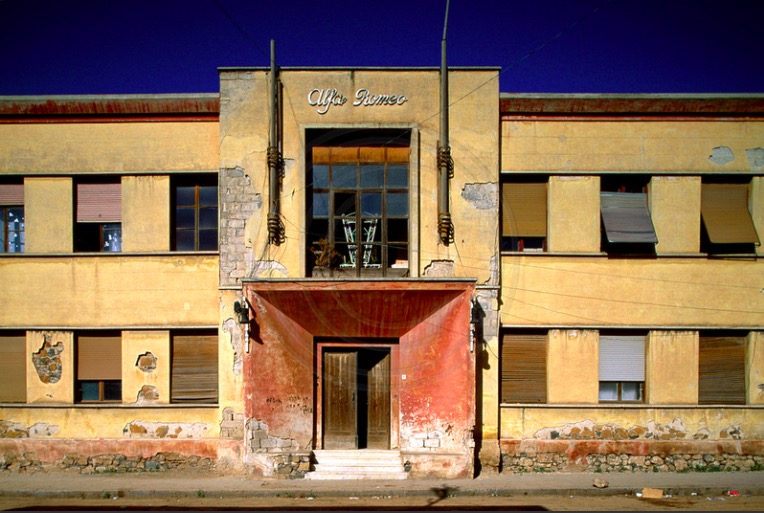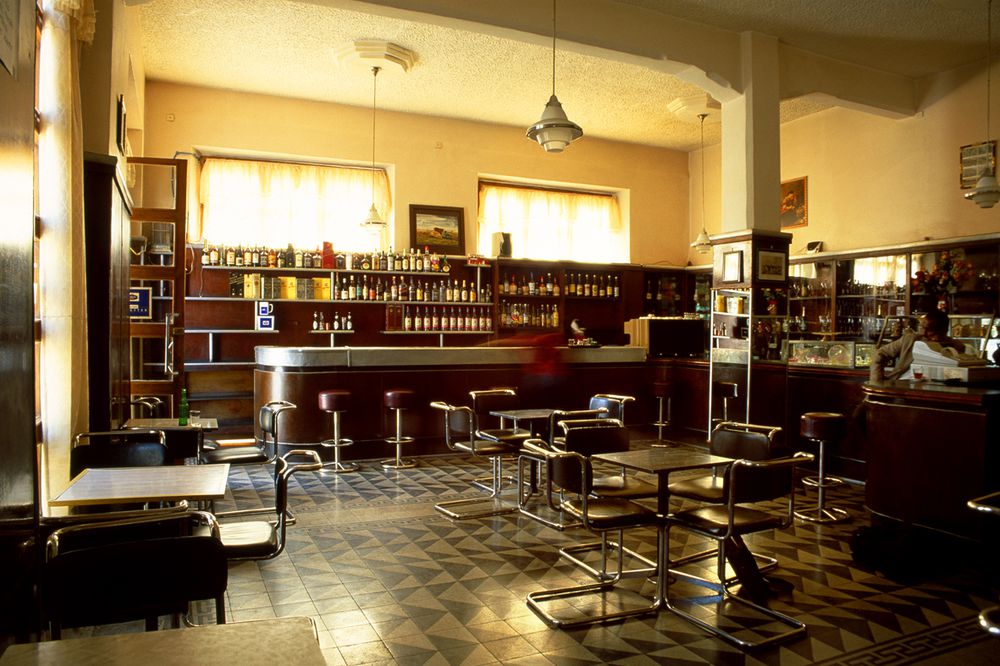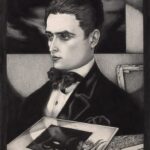1. Mystery image of the day
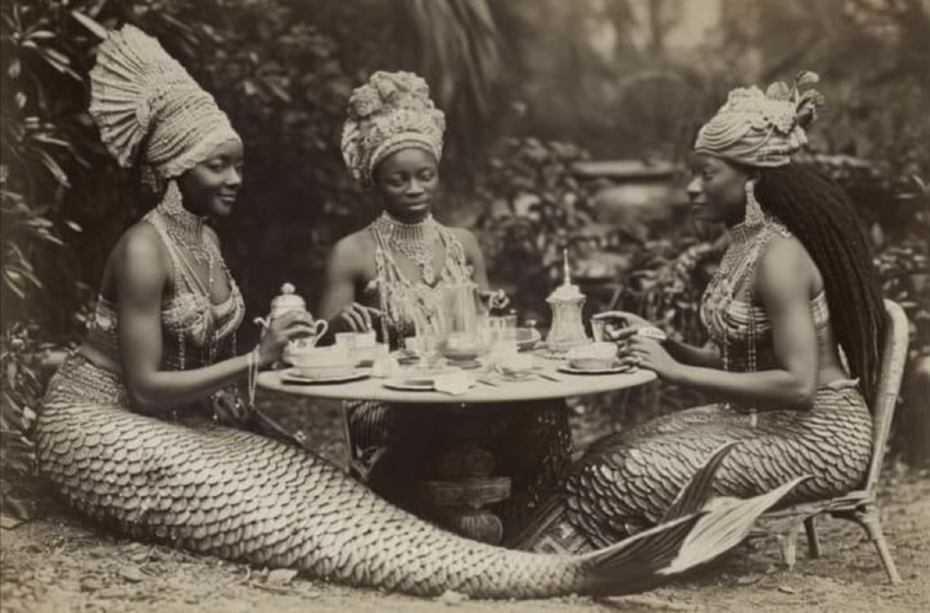
Having real trouble finding any information at all about this photograph that’s been uploaded onto the internet. Any leads would be appreciated!
Found via Tumblr.
2. Something to watch on your Coffee Break: How Humanity Got Hooked on Coffee
3. Stay up all night in the Hidden Library of St Paul’s Cathedral, Airbnb’s latest Pop-Up Hosting Experience
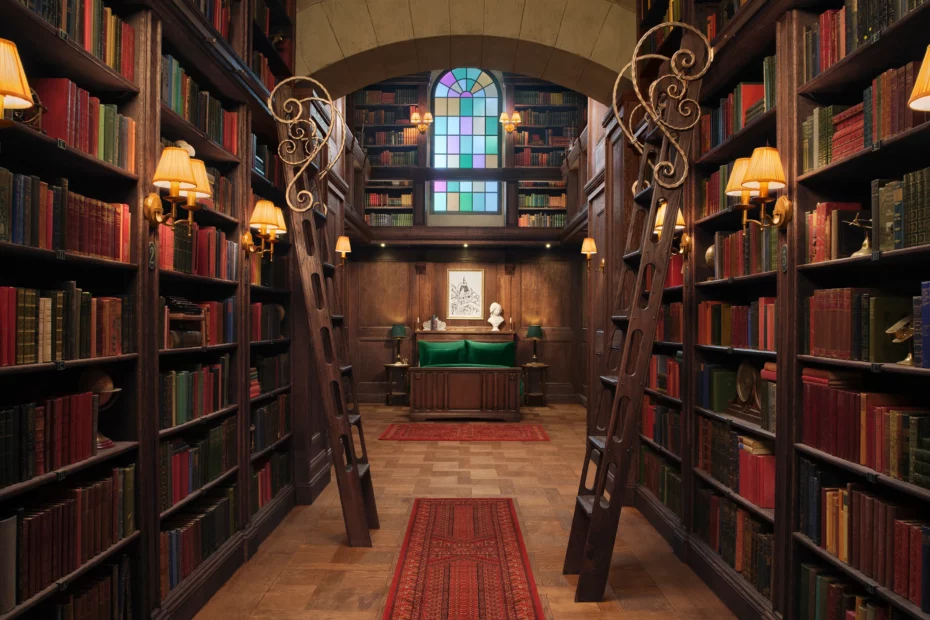
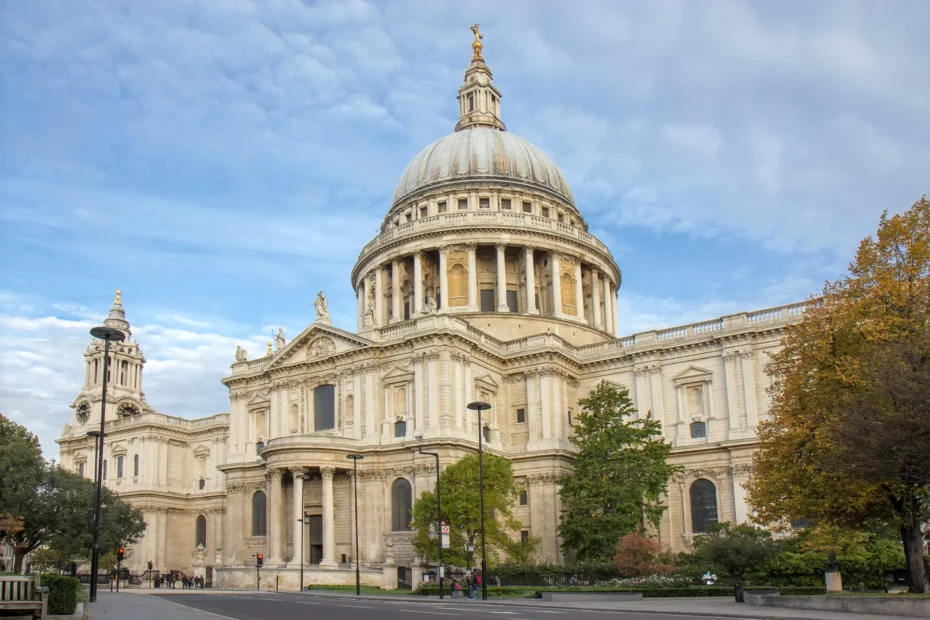
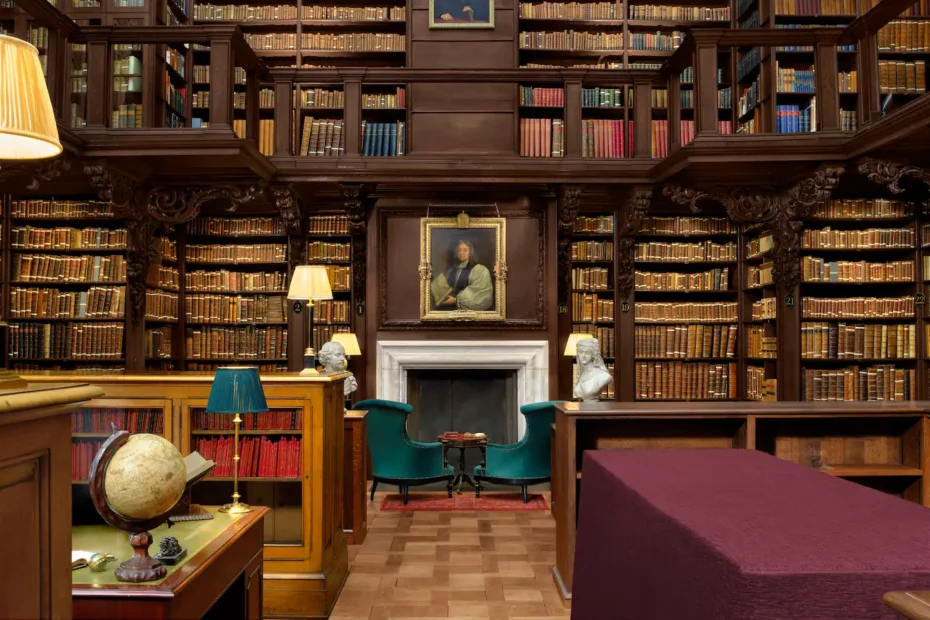
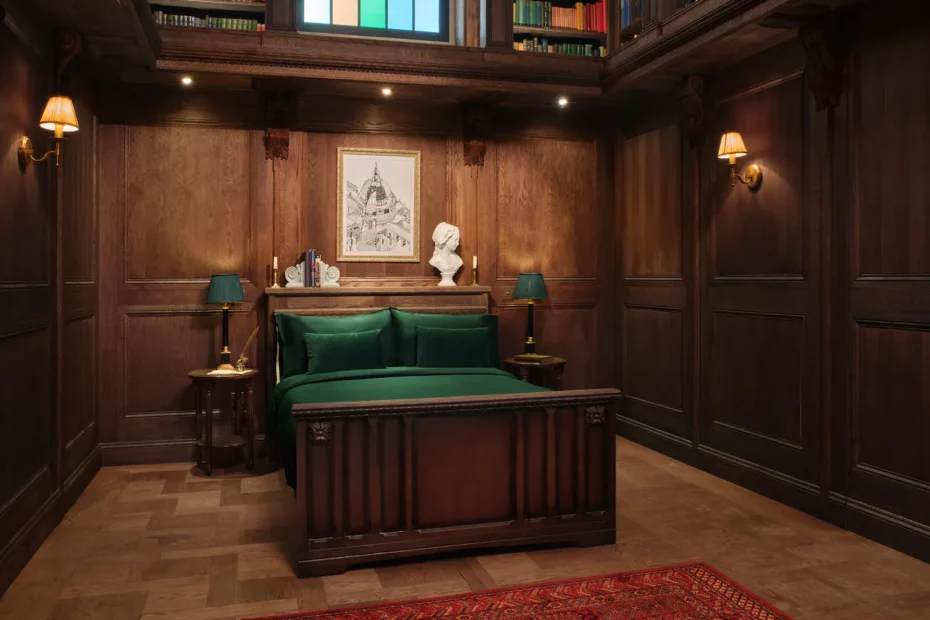
Booking opens on March 12th.
4. Henry Dunant apocalypse diagram, 1887
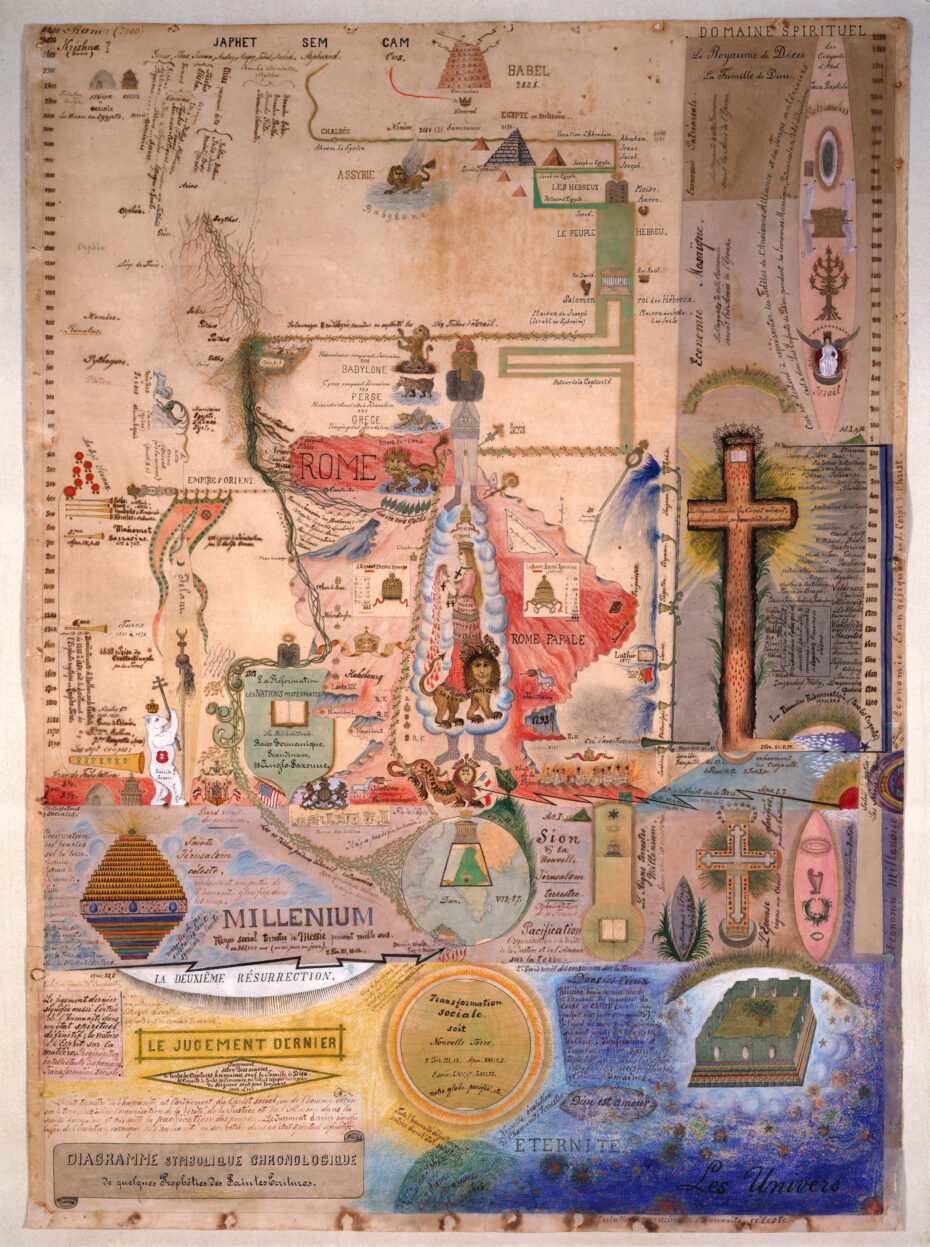
Henry Dunant, the founder of the Red Cross, spent considerable time on the drawings, organising the symbolic elements according to a strict logic, making preparatory sketches and painstakingly incorporating drawings and colourings into his chronology. Dunant was convinced that the apocalypse was imminent.
Found here.
5. Dutch traditional costume giving major shoulder pad action
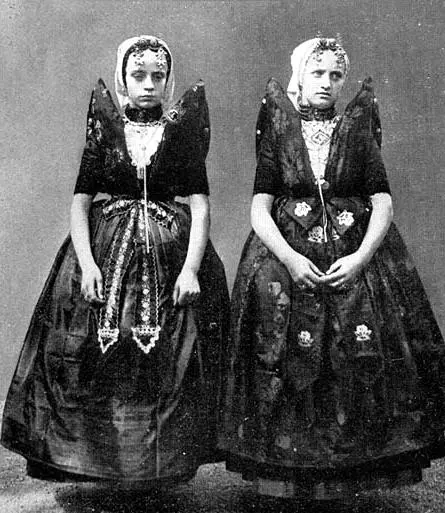
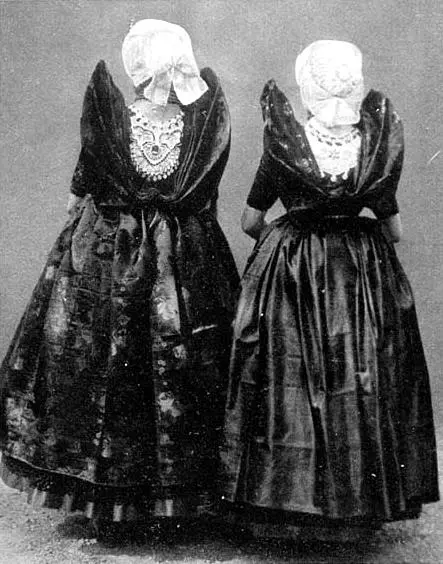
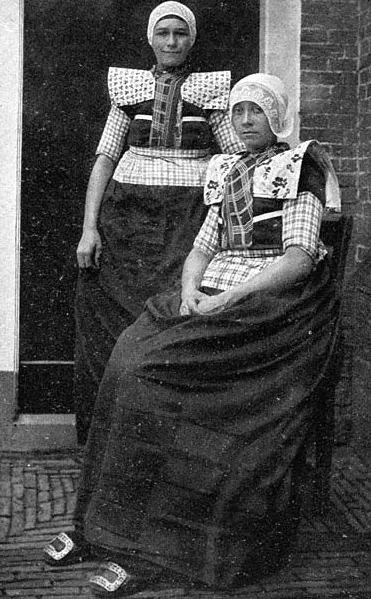
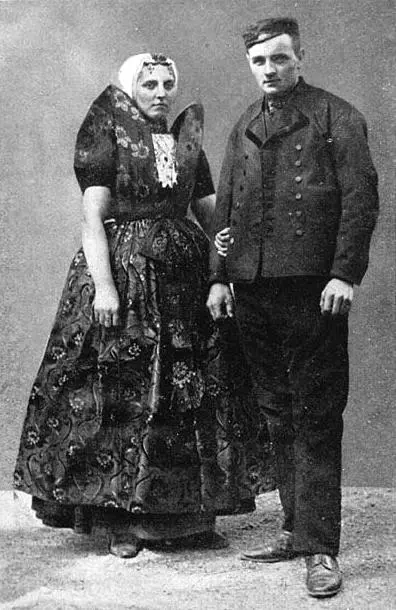
Found on A G Nauta Couture.
6. A Forgotten Pop Artist and Her Rugs
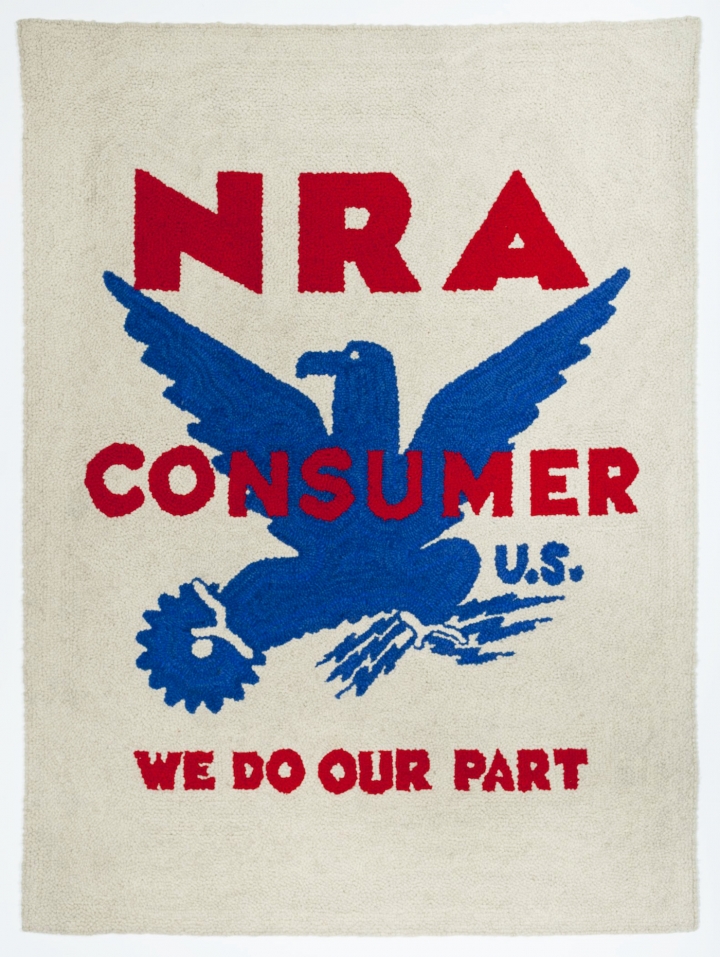
“In the annals of overlooked artists, Dorothy Grebenak is an extreme case.”
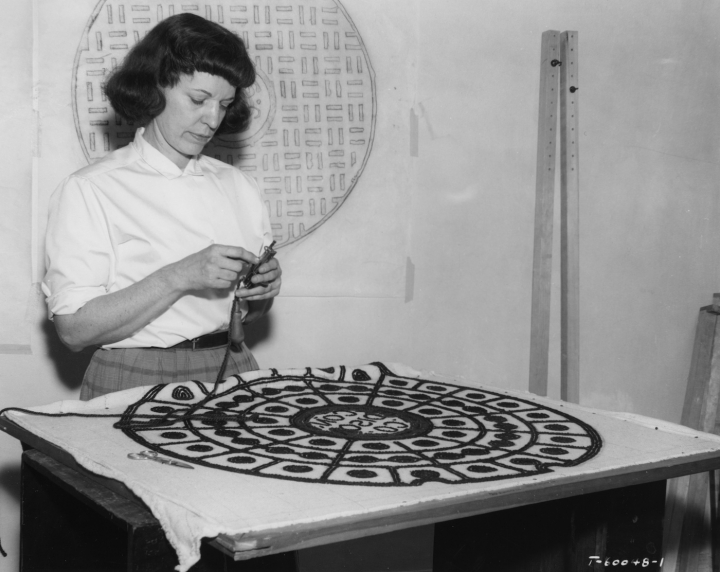
“… she was represented by leading dealer Allan Stone. Yet even her supporters put her works on the floor and walked all over them. Stone discovered her works in the Brooklyn Museum of Art — but not in the galleries. They were on sale in the gift shop.”
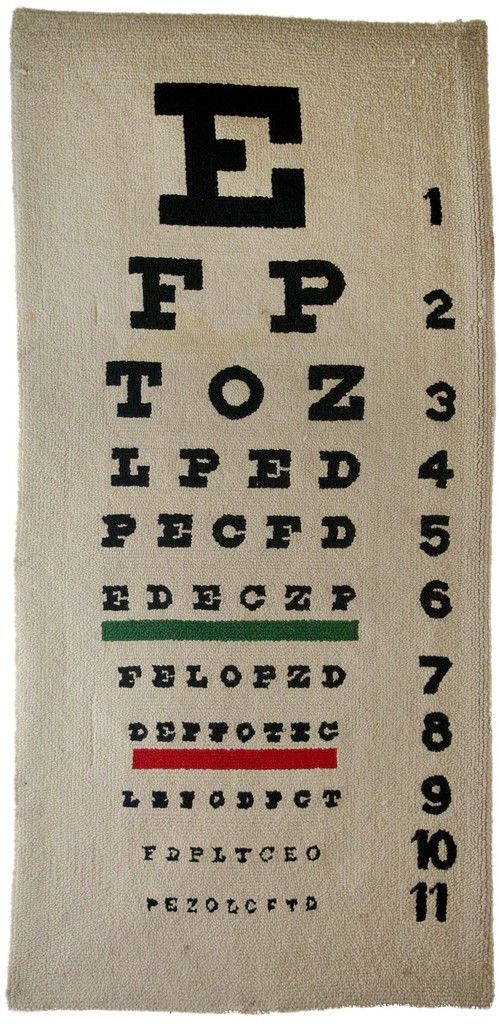
“…her work would be almost entirely erased from art history, even though she was already making works based on everyday graphics in 1963, only one year after Andy Warhol’s Soup Cans.”
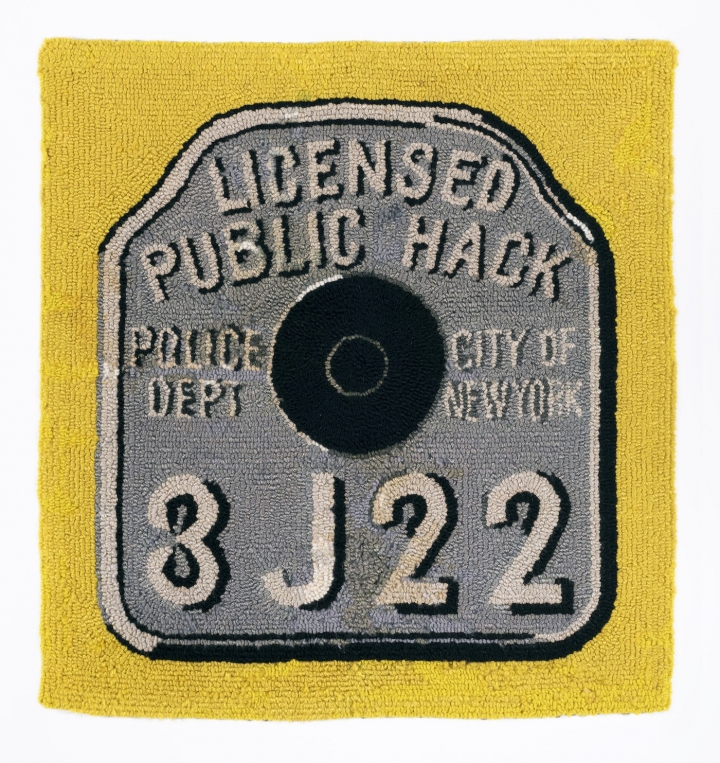
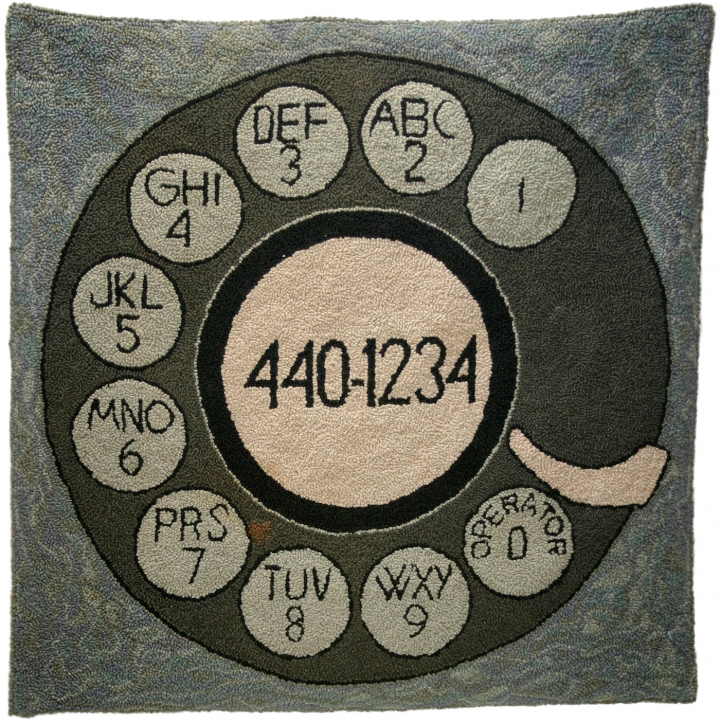
“A selection of her work from the 1960s is now on view at Allan Stone Projects, which continually reaches into its archive to unearth such unfamiliar discoveries.”
Full article found on Hyperallergic.
7. Building Zoltar by Hand
8. Chicago Gang Business Cards
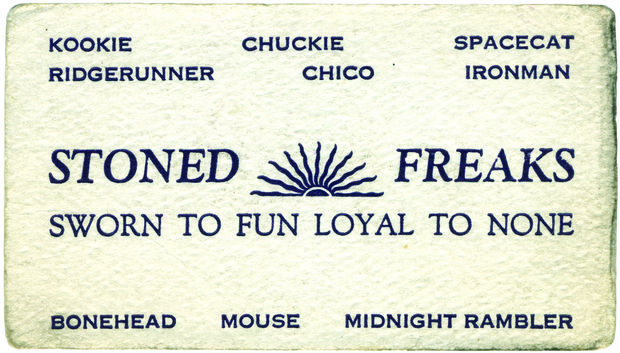
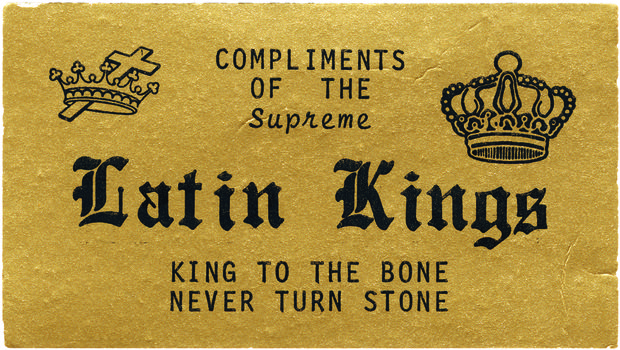
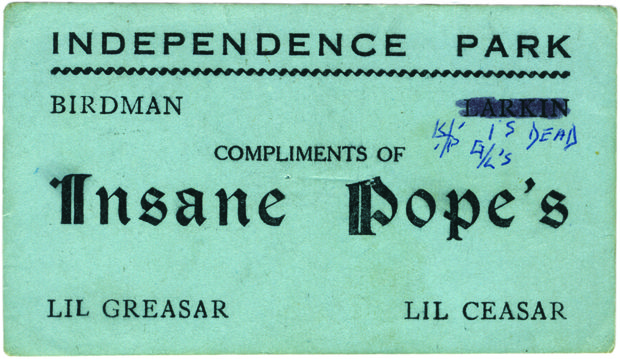
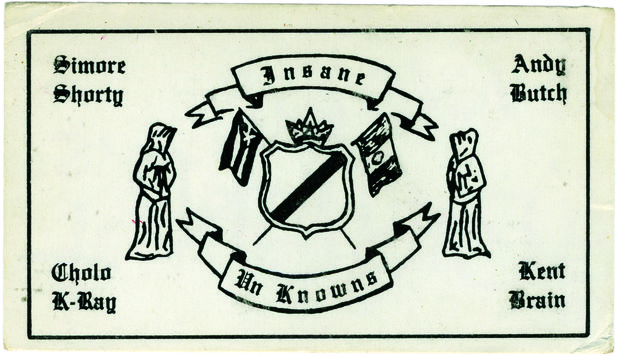
Brandon Johnson’s book, “Thee Almighty & Insane,” explores the vintage business cards Chicago’s gang members carried during the 1960s, ’70s, ’80s and ’90s… the cards were used to assert their pride, recruit new members and serve as general tokens of affiliation.
Found via the Block Club
9. One River North, Colorado’s 16-storey residential tower featuring a descending nature trail carved into its façade

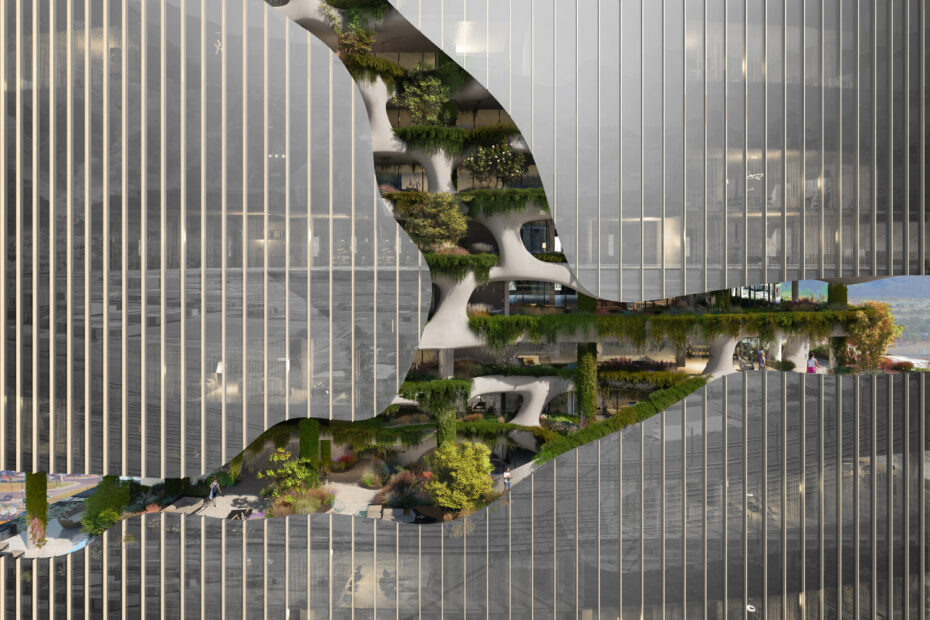

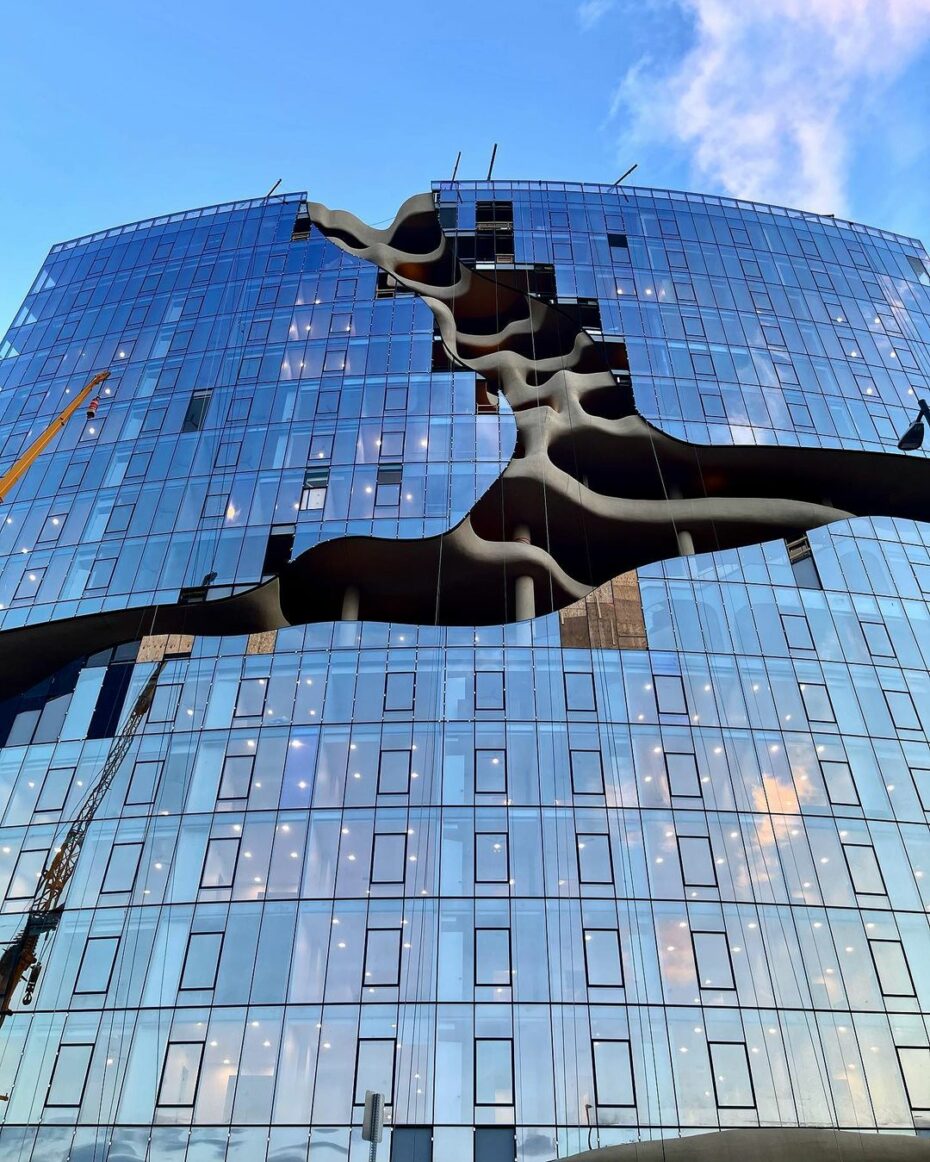
More about the project here.
10. Afri-Cola Poster Campaign, 1968, once one of the most popular cola brands in Germany
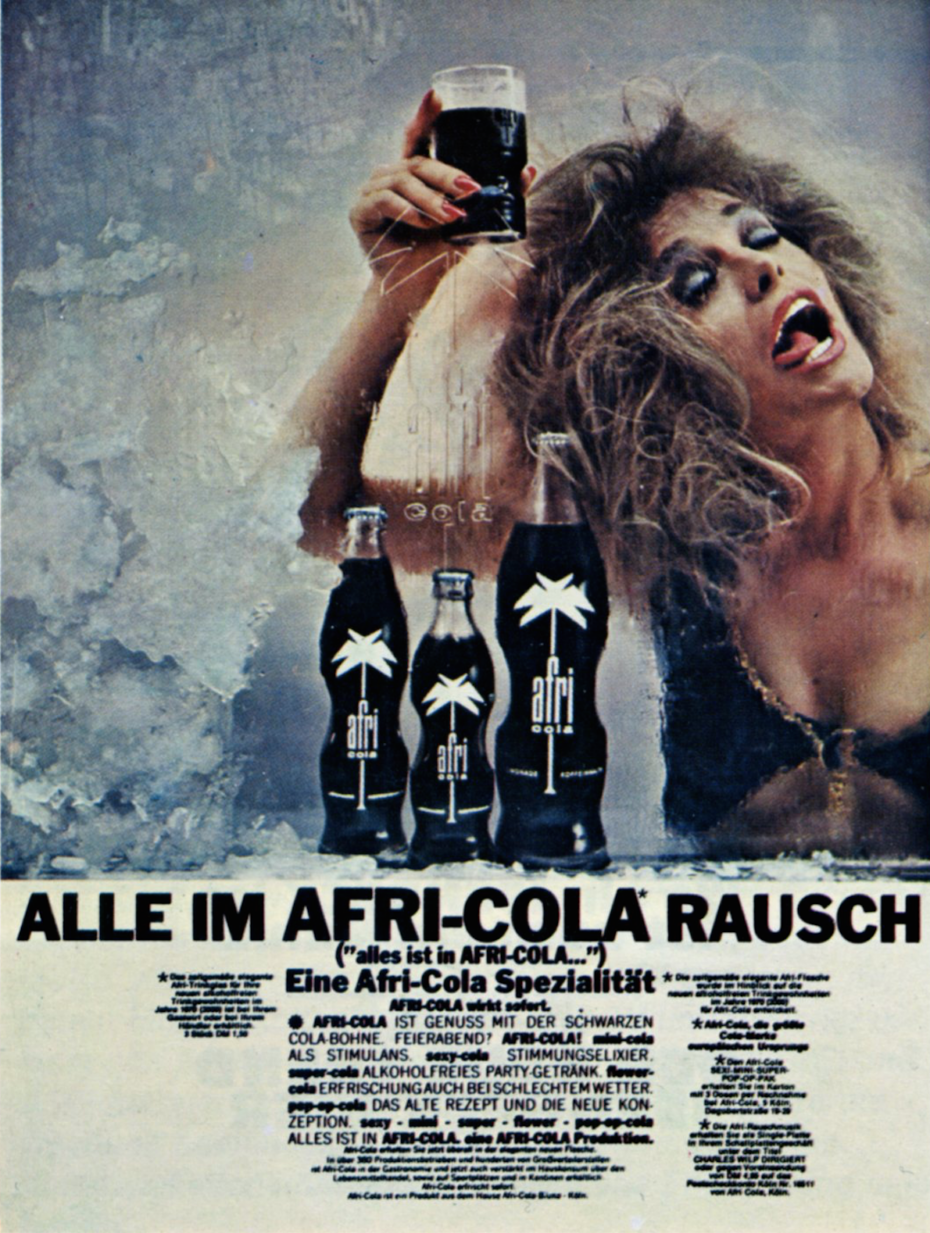
After the Second World War, Afri-Cola became one of the most popular drinks in Germany and a symbol of the West German Wirtschaftswunder. In the late 1990s, it was widely available at convenience stores and supermarkets in Seattle and is available in several cafes in Minneapolis. Afri-Cola was the only distributed soda during the G8 summit 2007. In 2009, it was refused the registration of the trademark in international classes 29 and 30 (coffee, coffee substitutes, tea, salt, sugar, rice), sparking the legal debate around the word “Afri” in the brand’s name which deceptively leads consumers to believe at first that the drink is produced in Africa.
Found on Wikipedia.
11. The Toppling of the Vendôme Column in Paris
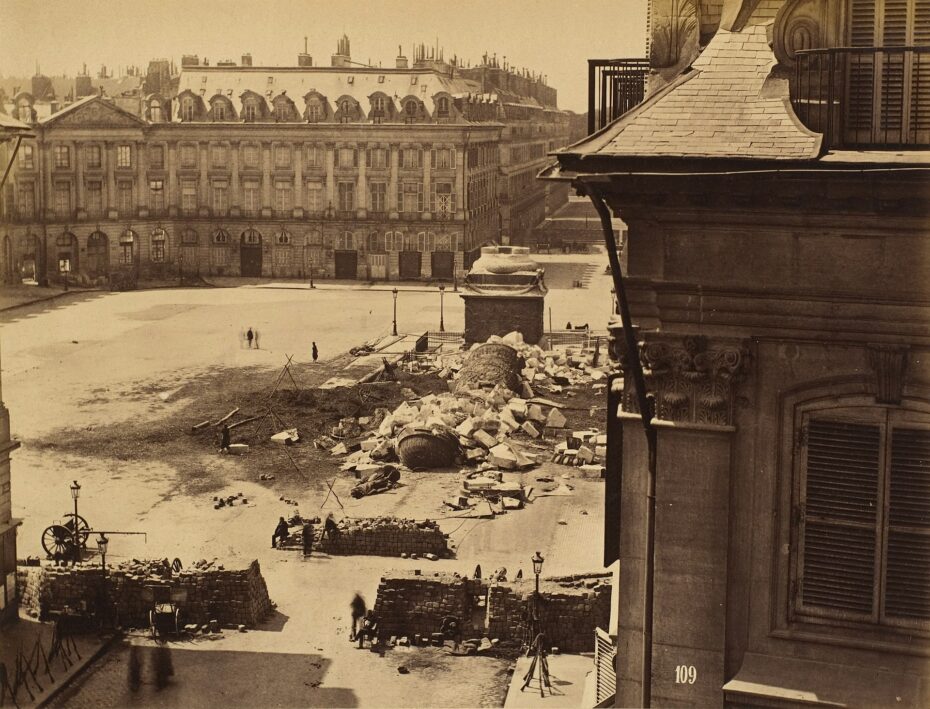
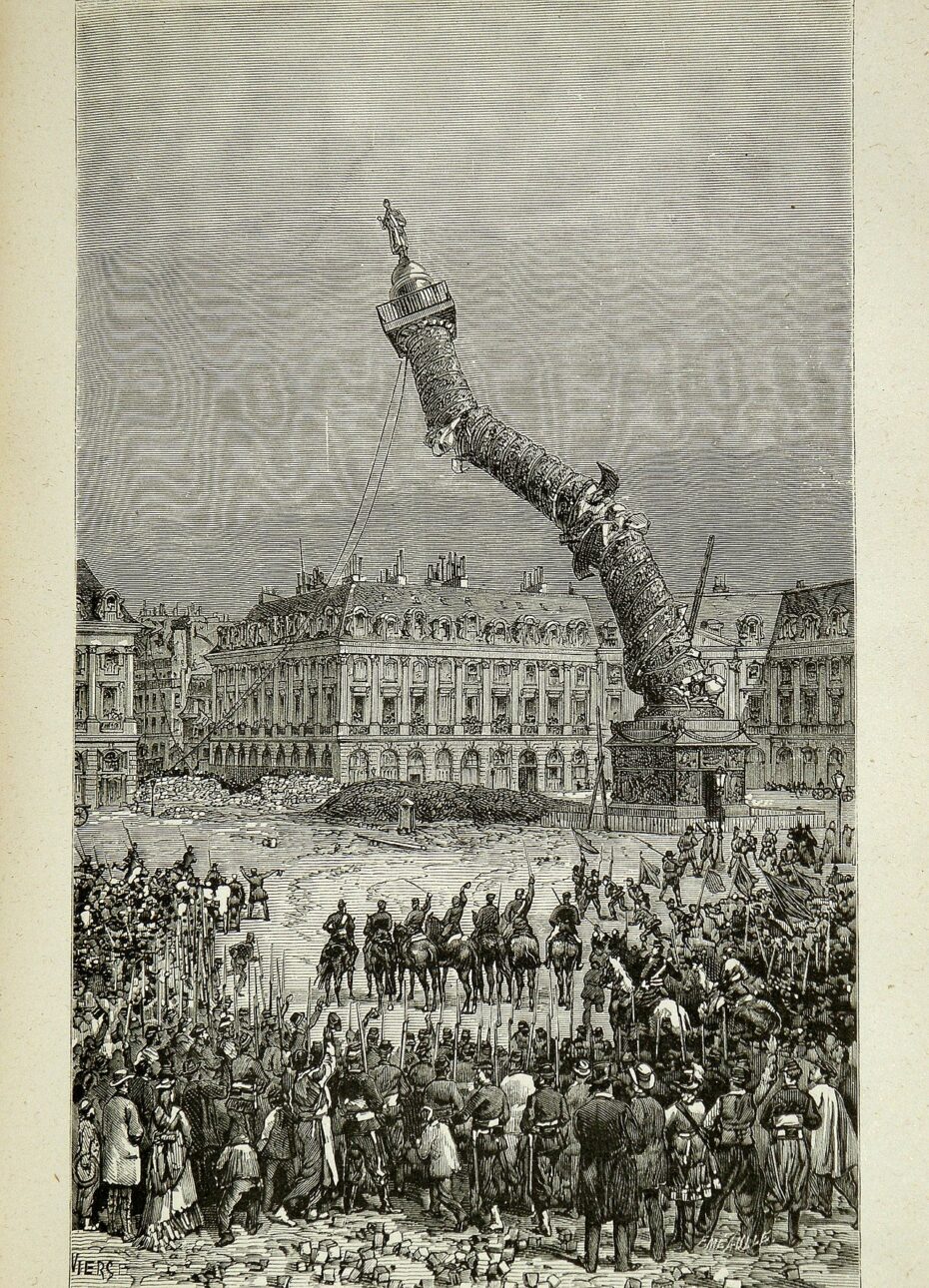
by the middle of April, 1871, the Paris Commune was in full swing. Topped by a statue of Napoleon dressed in the robes of Caesar, for the communards, the column represented an intolerable history of imperialism, false glory and a perpetual threat to international fraternity. In short, the Commune’s decision to remove the statue is reflective of its attempts to restart history, a history not born in blood and brutality.
For those who were infuriated by the destruction of the monument, the event was repeatedly used as a reference point of loss, considering it an attack on the heart and soul of their France. On the eve of leading his troops into Paris the following month, General MacMahon made clear that not even the Prussians, who had spent the winter bombarding the city with shells, had dared to take the column down.
The toppling constituted one of the most symbolic moments of the Commune, and artists from various disciplines used it as a touchstone for their work.
After the Commune, The Third Republic rebuilt it. It is the one we can see today.
More on Un Jour de Plus a Paris.
12. British Military Equipment disguised as Elephants, India during WWII
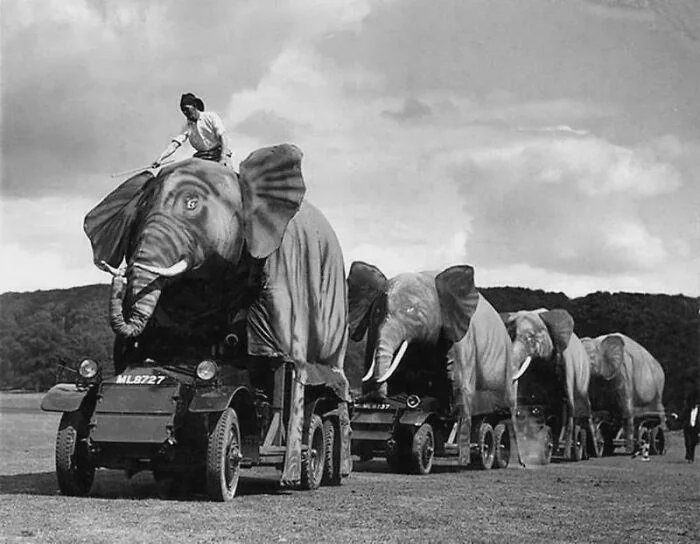
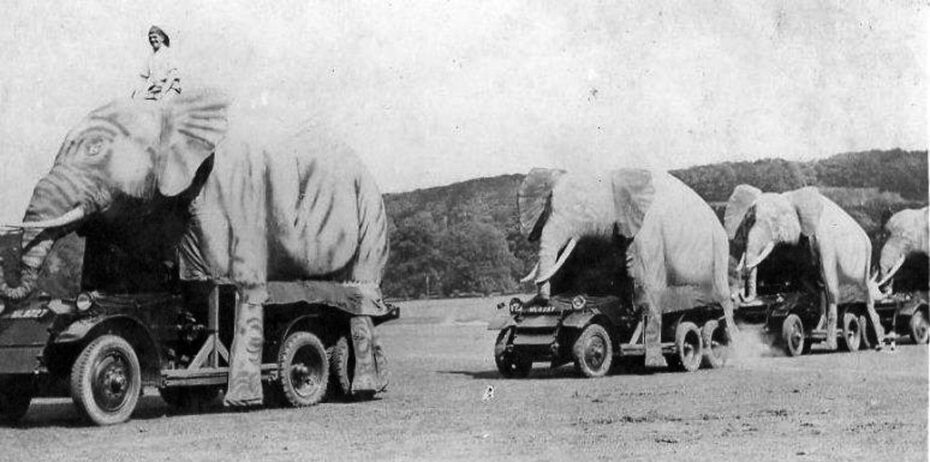
The Indian Army during World War II, a British force also referred to as the British Indian Army, began the war, in 1939, numbering just under 200,000 men. By the end of the war, it had become the largest volunteer army in history, rising to over 2.5 million men in August 1945. Serving in divisions of infantry, armour and a fledgling airborne force, they fought on three continents in Africa, Europe and Asia.
Found on Reddit.
13. Africa’s Unknown City of Modernist Architecture
Welcome to Asmara in Eritrea. This unique architectural gem was just named a UNESCO World Heritage Site.
“Asmara should be regarded as a central part of the Modernist canon,” says Dr. Edward Denison, an architecture expert and professor at the Bartlett School of Architecture, who first visited Asmara as a tourist in 1997 and has worked professionally to help preserve and protect the city’s architecture since 2001.
All photos © Edward Denison, 2016, find the full article on Curbed.


